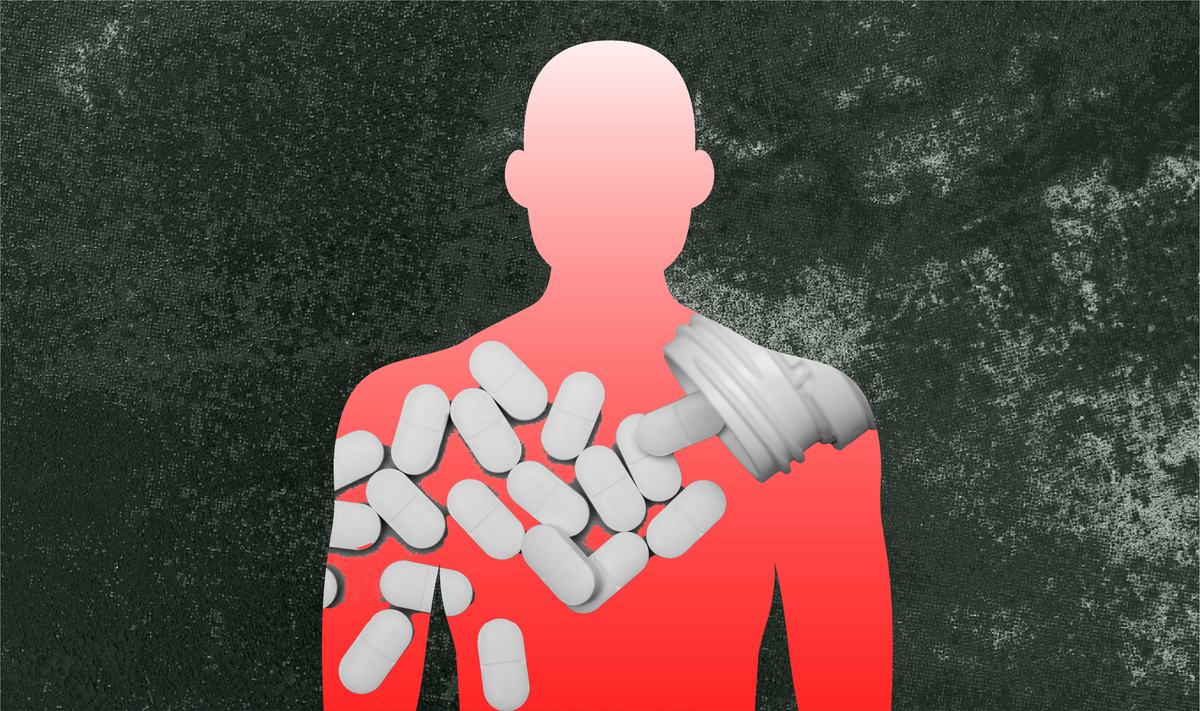California carfentanil death prompts questions about naloxone
Articles also generated national conversation about medetomidine, a non-opioid sedative.

Articles also generated national conversation about medetomidine, a non-opioid sedative.
Last week, an overdose death related to carfentanil (an extremely potent synthetic opioid) in California sparked alarm and led to conversation about who can carry naloxone. Another online discussion focused on the dangers of medetomidine, a non-opioid sedative that has been linked to an increasing number of overdose deaths.
In light of these conversations, communicators may share information about carfentanil and medetomidine and where anyone can access naloxone.

Insights brought to you by the reporters and science writers of Public Good News (PGN), a nonprofit newsroom dedicated to improving community health.
What’s trending nationally in conversations about substance use
On April 30, the Santa Clara County medical examiner’s office in California confirmed that a man had died from a carfentanil overdose, marking the county’s first carfentanil-related death. Articles discussing the death were shared across social media platforms, primarily on Facebook, where most commenters expressed alarm about the drug’s potency. One commenter on a post from the Santa Clara County’s Facebook page asked, “Can any one get Narcan to carry?” In response, the Santa Clara County Facebook page shared information about naloxone, and other social media users noted that naloxone is available at pharmacies.
Recent articles reported that the sedative medetomidine, sometimes called “dex,” is becoming increasingly common in the street drug supply, and some major cities, including Philadelphia and Chicago, have reported medetomidine overdose deaths. Since medetomidine is not an opioid, naloxone cannot reverse its effects. Experts quoted in the articles noted that legislation attempting to limit the distribution of xylazine—a sedative that is frequently mixed with fentanyl—may be spurring illegal drug suppliers to use medetomidine instead. Comments on Facebook posts sharing articles about medetomidine blamed immigrants for bringing illegal drugs into the U.S. and encouraged abstinence from drugs.

Recommendations brought to you by the health communication experts behind Infodemiology.com.
Recommendations for public health professionals
Each week, the Infodemiology.com team will provide messaging recommendations in response to some of the trending narratives outlined above. These helpful tips can be used when creating content, updating web and FAQ pages, and developing strategy for messaging about opioids.
Given ongoing conversation about carfentanil, communicators may explain that carfentanil is a synthetic opioid that is 100 times stronger than fentanyl and has been linked to an increasing number of overdose deaths. Fentanyl test strips, which help people determine whether their drugs contain fentanyl, may not be able to detect carfentanil.
However, using fentanyl test strips to make educated decisions about drug use can still prevent overdose deaths from fentanyl, which may be unknowingly mixed with other street drugs. Drug test strips are not legal everywhere, as they are considered “drug paraphernalia” in some states, so ensuring that messaging reflects your state’s drug checking equipment laws is recommended. Messaging may emphasize that naloxone is effective at reversing an overdose from opioids, including carfentanil. Multiple doses every two to three minutes may be required. Communicators may also want to outline the signs of an opioid overdose and explain that anyone can carry and administer naloxone, which may be available for free through local harm reduction programs. People can also purchase naloxone at some grocery stores and convenience stores, online, and over the counter at pharmacies. Sharing information about any local naloxone trainings is recommended.
In response to conversations about medetomidine, messaging may explain that medetomidine is a sedative typically used in veterinary surgery, and it is increasingly common in the U.S. illegal drug supply. It is more potent than xylazine, another dangerous sedative that may be unknowingly mixed with other drugs. Test strips for medetomidine and xylazine, which can help people determine if their drugs contain these sedatives, may be available for free through harm reduction programs, and they can also be purchased online. Messaging may note that while naloxone is only effective against opioids—and that medetomidine is not an opioid—experts still recommend administering naloxone any time an overdose is suspected, since non-opioid drugs are often mixed with opioids. It’s safe to administer naloxone even if a person isn’t overdosing or isn’t overdosing on opioids.
